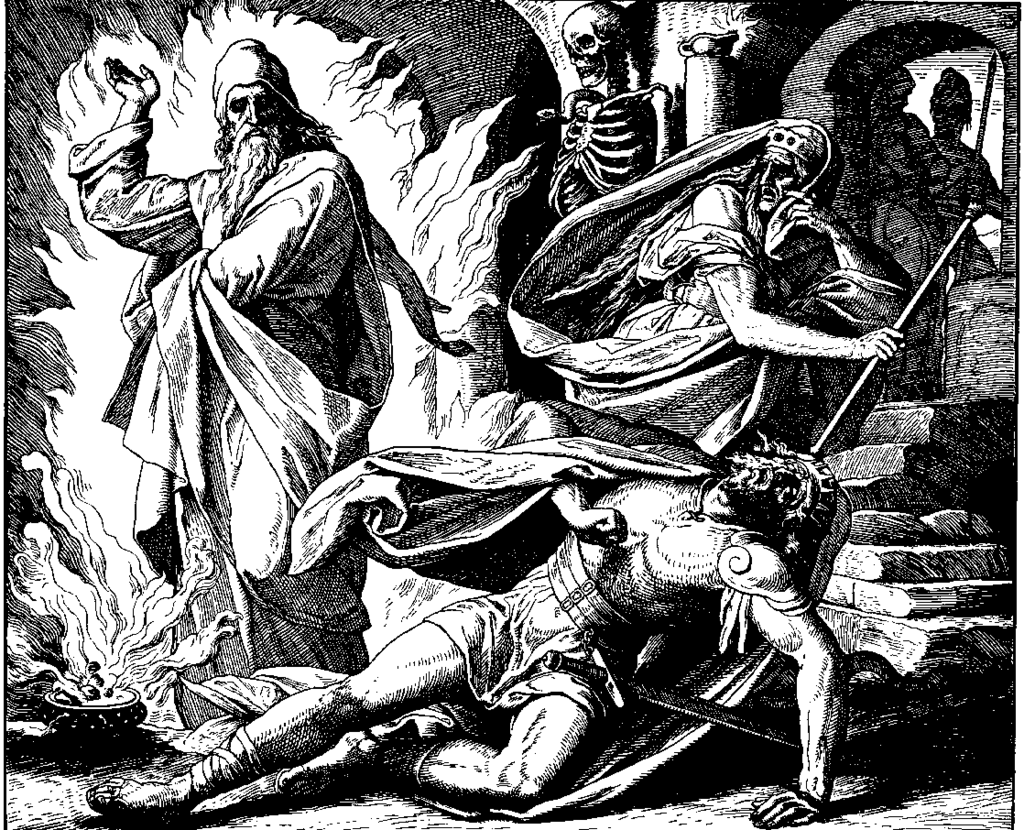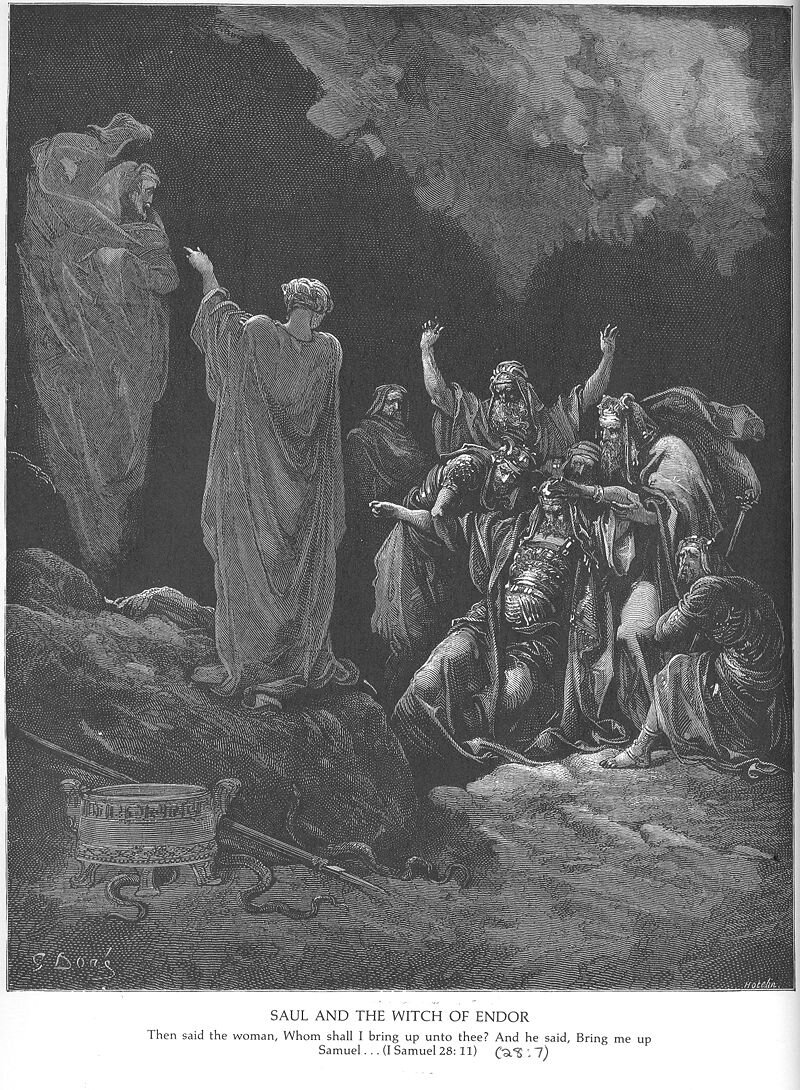Endor is a real place. It’s not in a galaxy far, far away. It’s in the Jezreel Valley in northern Israel. Also, there are no Ewoks, which could be a good thing or a bad thing, depending on your personal stance.
Personally, I’m ambivalent.
Unfortunately, visiting Endor is tricky. We know it existed because it’s mentioned three times in the bible, but archaeologists have been unable to agree on a precise location. Any one of five rival locations could be the site of the real Endor.
Somewhere around the middle of this map, near the words ‘Mount Tabor’ seems likely.
This map of ancient Galilee is basically just educated guesswork.
So, what is this battle I speak of?
Well, there are two, one literal, one more metaphorical.
The literal battle gets an oblique reference in the Old Testament in the Book of Joshua. The biblical hero famously won the battle of Jericho when he crumbled the walls of the city with sonic weaponry (magical trumpets). The book mentions that the Israelites failed to conquer some of the city-state’s dependencies. One of them is Endor. So, if follows that there must have been a battle.
Why would the Israelites lose, when they’d already beaten the powerhouse that was Jericho?
Because of dark magic, obviously.
And the walls came tumbling down…
Dark Magic? In the bible? Surely not?
I’m afraid so, and Endor is where it happens. The cursed place makes its second biblical appearance in the book of Samuel. The Israelite king, Saul, visits the village to consult with a fearsome figure, the Witch of Endor. He asks her to summon the spirits of the dead, to tell him what’s going to happen in a battle the next day.
“The Endorian Sorceress Causes the Shade of Samuel" (Martynov, Dmitry Nikiforovich, 1857)
This is a big deal. It’s necromancy, explicitly forbidden by Yahweh. Saul has sentenced his own people to death for practising it.
This is what I call the metaphorical battle of Endor – the battle for Saul’s soul.
The drama of the scene has inspired artists from William Blake to Gustave Dore. (left and right)
The metaphorical battle of Endor is a catastrophic defeat for Saul. The witch summons the spirit of the prophet Samuel, who tells him exactly what he didn’t want to hear. The next day he will face the Philistines at Gilboa and be killed.
And, because this is the bible, the prophecy is fulfilled – Saul is killed along with his sons. The Israelites suffer a terrible defeat.
And, because this is the bible, everything is Saul’s fault for being a BAD MAN.
The handsome young guy behind Saul is David. Keep an eye on him, he goes on to big things.
Saul turned to the witch of Endor for help because the Lord was punishing him for disobedience, and denying him the assistance he’d granted in previous battles. So, what did Saul do to incur God’s wrath?
He refused an order to commit genocide. God told him to slaughter a tribe called the Amalekites. He said ‘no’, and sealed his fate. That was the moment God elected to replace him with David.
So, I suppose the story of the real(ish) battle of Endor is a moral tale of the perils of working for a psychopathic boss.
And the handsome young guy behind Saul in the painting? Well, that’s David and he’s totally cool with murdering whole tribes for the Lord, so he becomes King David (after the business with that Goliath guy) and he’s obviously the real hero here. Maybe it’s an ancient metaphor for capitalism or something? I don’t know.








